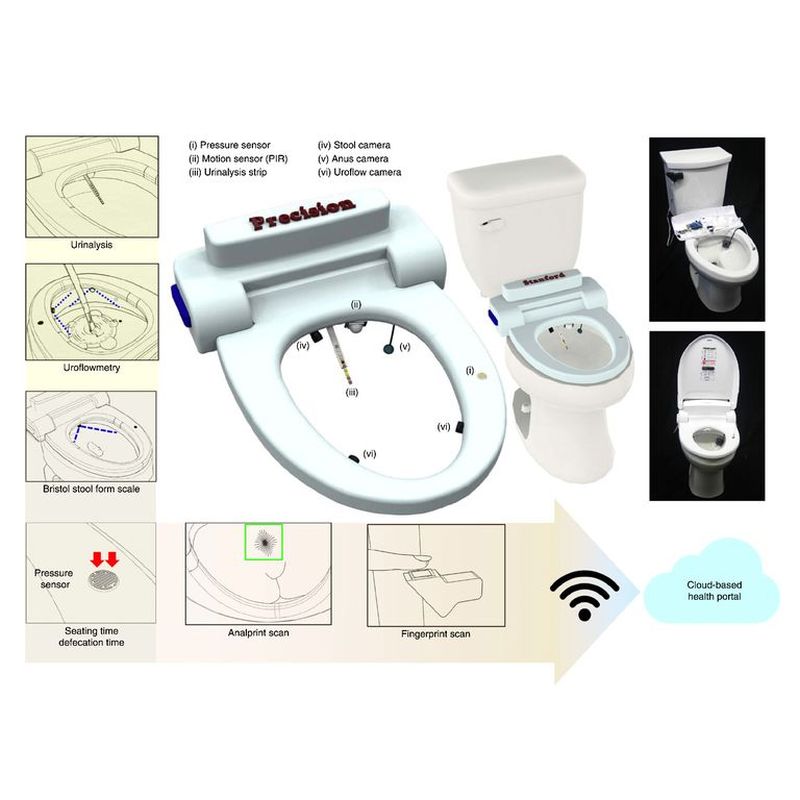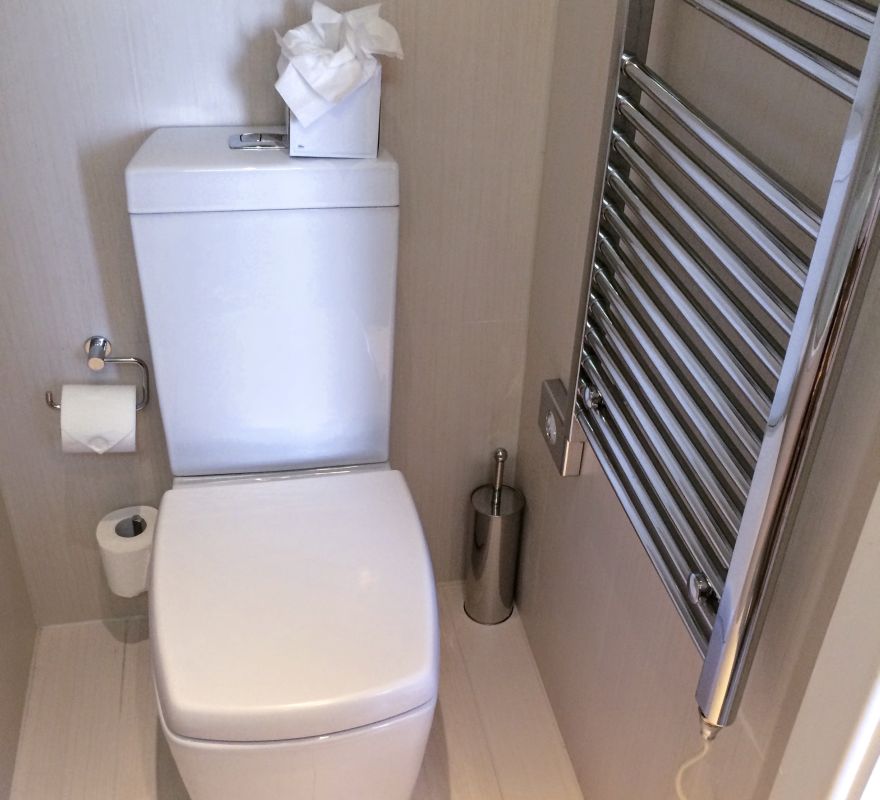Equipped with start-of-the-art sensors, the smart toilet begins its task by first scanning an image of your butt as a form of identification. After that, sensors built around the toilet seat begins recording multiple factors. Including how long the person sits on it, plus the time it takes for them to get the yellow rain and brown train rolling.
Believe us when we say, it doesn’t end there either. Besides calculating the “dispenser’s” average time on the can, the smart toilet also comes fitted with sensors that detect the breadth and force of your urine flow (i.e. how hard you push, how great the spray effect, etc). As well as a colour detector for the poo, to see if it is within the healthy range. Oh, and there’s also a separate sensor that detects the shape, solidity, and nature of your motion. All this information would then extracted, compiled, and sent to a cloud-based system, where it is then stored for safekeeping. In the event the “user” would like to know how their body is doing, accessing that data will require a combination of authentication. First is the fingerprint scanner built-in to the flush handle of the smart toilet. The second is – and I wish we were making this up – an image of anus. That was scanned the minute you sat down on the toilet. At this point in time, the smart toilet isn’t being put into mass production, one of the chief reasons being that this could be a powerful data collection tool if it were to fall into the wrong hands, or in this case, lap. So far, it’s still a pipedream, and from what we can tell, there’s only a small number of people that are participating in this smart toilet initiative, for now. (Source: Stanford Medicine via Popular Mechanics)

